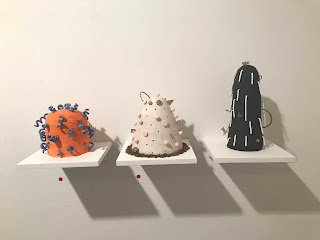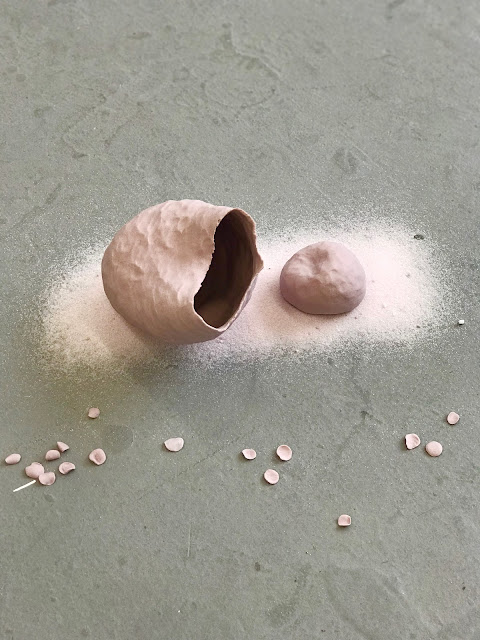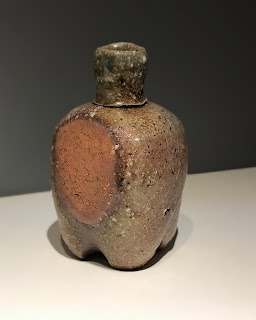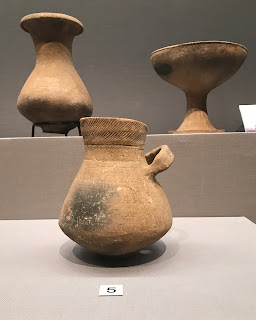2018 Indigenous Ceramic Award
25 August - 11 November 2018
Coordinating Curator: Belinda Briggs
Jan Goongaja Griffiths,
The Horse Breaker
Jock Puantjimi,
Milimika & Bird Pole (Bima)
Penny Evans, Because You Swallowed It Hook Line and Sinker
Janet Fieldhouse, Confluence Scarification Hybrid Series
Dean Cross, Monuments, 2016-ongoing
Intimate Realities - Recent works from the SAM Collection
Heather B Swann
Vanilla, 2013, water, pipes, muslin, paper, binder, ink pigment, marble dust
I see you, 2015, Vocals Astrid Connelly, Audio-visual Thomas Green
Naomi Eller,
Standing single weight, 2017, various clay, stoneware and wax on wooden plinth
Paul Wood,
Untitled IV, 2010, re-fired ceramic & glass
Jus Kitson,
Its All Embracing Boundless-ness, no II, 2015-2016, Southern Ice Porcelain, Jingdezhen Porcelain, Merino wool, and rabbit pelt
Nici Cumpston,
Mulyawongk, Whroo Rushworth State Forest, 2013, inkjet print & pencil
John Perceval,
Delinquent Angel, 1961, glazed stoneware
Other SAM Ceramic Treats
Dr Gloira Thancoupie James,
Totem Pole, undated, stoneware with oxide decoration
Rupert Jack,
Maku Maku 111, 2016, stoneware, sgradito






























































